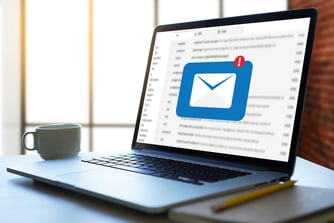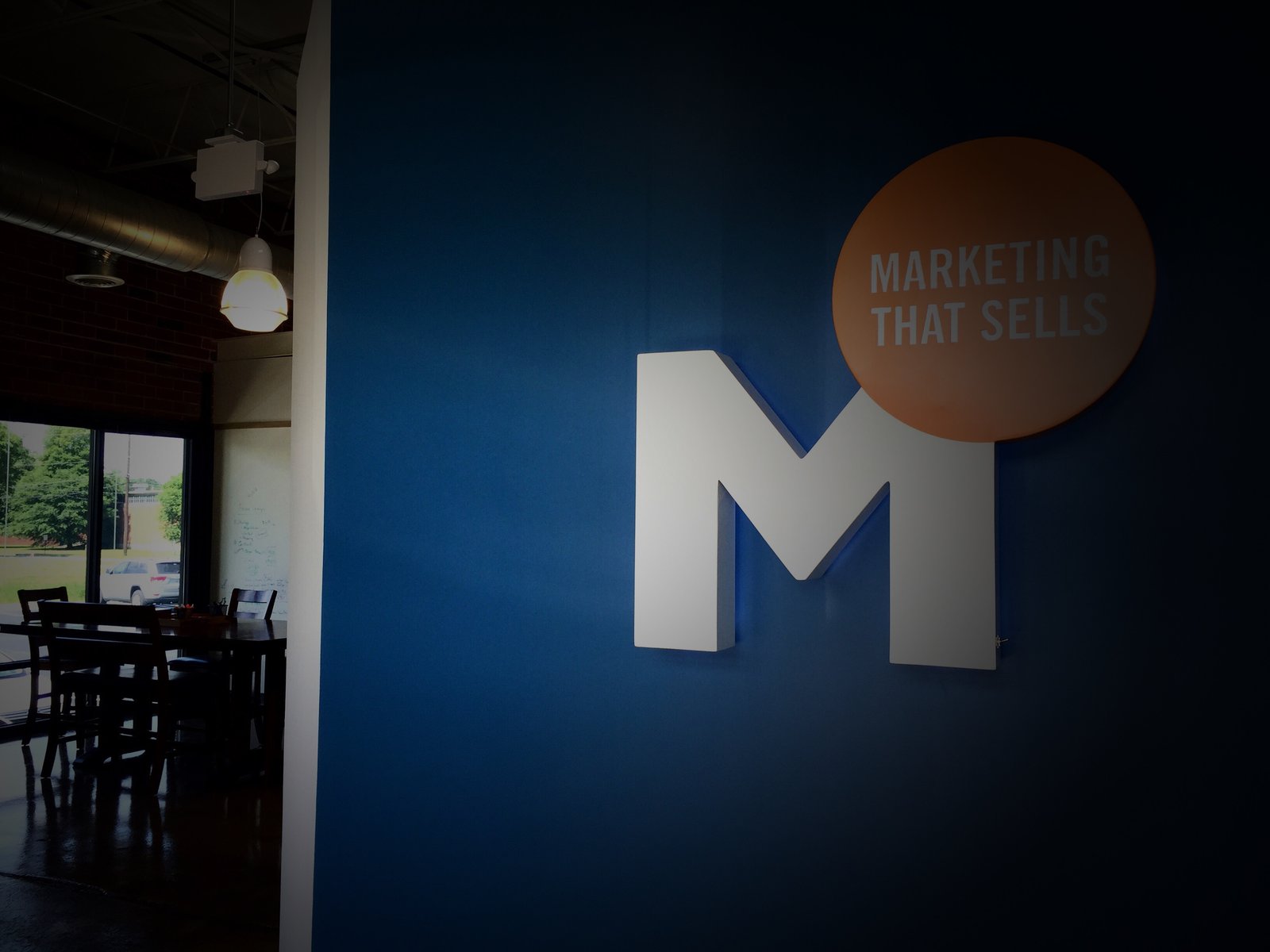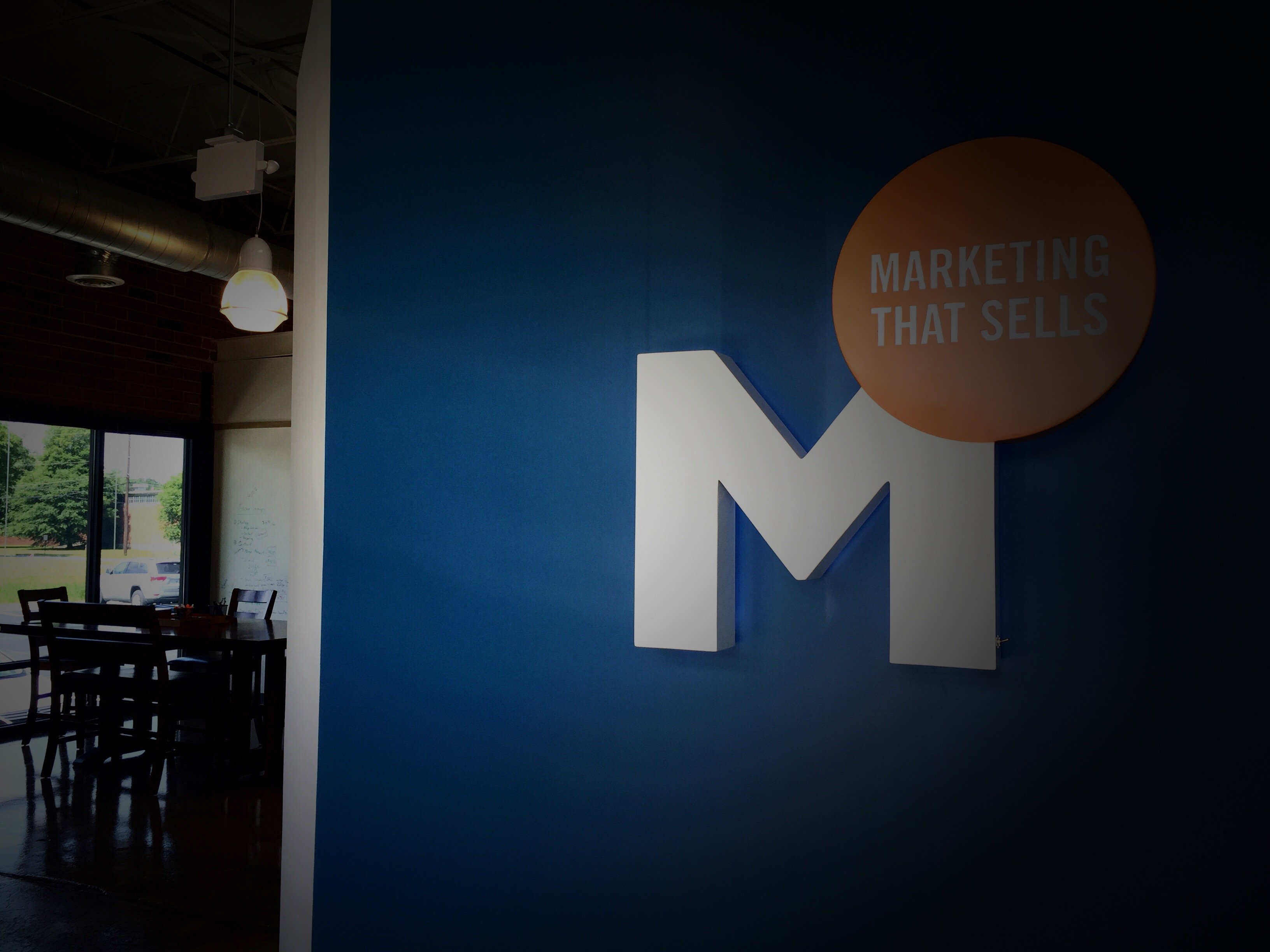
Take a moment and visualize your email inbox. If you are like most business email users, upwards of 100 emails a day move in and out of your mailbox. For some people, that number is significantly higher.
Think about what prompts you to open an email versus sending it directly to the trash. What are the factors that drive you to click through to an offer? It’s very likely they are the same factors that drive your prospects.
Since email marketing is still proven to have one of the highest ROIs of all marketing tools, you can’t afford to settle for mediocre results. Maximize your ROI by following these 4 tactics that can immediately increase your open and click-through rates.
1: Segment Your Lists
Although it might be tempting to share a specific offer with your entire email list, the wrong offer to a prospect could be harmful to your efforts. It could result in the prospect unsubscribing and no longer receiving messages about your product or service when in fact they could be a good lead that just needed the right messaging. But now it’s too late because the opportunity is lost.
Email marketing is only as good as the list to which you are sending it. In the past that meant, a viable email address. Today, a good list means that and much more. You first need to understand what it is you are trying to achieve and then properly segment your prospects accordingly. Segmentation takes a good list of emails and makes it targeted and personalized to the needs those prospects are looking to address.
To determine if your list is best segmented for an email, try to answer the following questions:
- Is everyone on your list the right target audience for the call-to-action (CTA) of the email?
- Is that target audience made up of the right buyer persona(s)?
- Is everyone close to the same stage of the sales funnel?
Answering these questions allows you to think more strategically about your messaging in the email as well as how you can better personalize it to that segment of contacts.
For example, downloading a white paper may indicate a prospect is early in their search for a product or solution, commonly known as at “the top of the funnel.” On the other hand, signing up for a demo indicates a prospect is close to making a decision, known as being at “the bottom of the funnel.” These two prospects are at completely different stages and therefore should receive significantly different emails to nurture them through your sales funnel.
2: Choose the Right Sender Name
A Litmus survey found that 42% of people look at the email sender’s name first before opening an email. That’s why it’s imperative for the prospect to receive an email from a familiar name. Tools, like HubSpot, give you the option to send a broadcast email on behalf of who “owns the contact”, meaning the person who has been corresponding with the prospect.
Further, studies show that an email from the CEO or other C-Suite executives is likely to get higher open rates when compared to sending from the company name. So, make it personal.
Whatever name you choose, make sure to assign someone to monitor that email address for any prospect communications.
3: Craft the Right Subject Line
The wrong subject line can result in GAME OVER without even getting on the field. Yet, a subject line is often created under pressure, under deadline, and without proper thought to how it aligns with both the prospect and the content of the email.
The subject line is arguably more important than the body copy. More people will read it than the body copy of your email. Plus, it gives them a preview of the amazingness that’s inside of the email.
It’s important to note that your subject line should ALWAYS align with what’s inside. It’s fine to get creative, encouraged actually. Sometimes humor is an effective tactic. But be cautious and sit in the prospect’s chair to assess whether the subject line aligns with the content or will it make the prospect feel like he or she is a victim of a “bait and switch” tactic. That’s a one-way ticket to high unsubscribes, and even spam reports.
Don’t forget to A/B test your subject line to see what works better. Companies that A/B test every email see email marketing returns that are 37% higher than those of brands that never A/B test.
Bonus: Add Preview Text
The preview text is like an extension of your subject line and yet another way to improve your open rates. It allows you to further explain something about the content of your email that you weren’t able to convey in just your subject line.
For example, you could give a statistic that is compelling in the document that you are trying to get the contact to download or mention the benefit you might be offering if they take the survey. Think of it as an attention grabber like you often see in news stories.
4: Create an Eye-Catching Call-to-Action
People have short attention spans and will likely give your email only a few seconds. So, you have a very short time to make your sale. Along with a strong headline, be sure to have a strong CTA where the action is obvious. You never want to make the reader hunt for the purpose of the email.
If your goal is to get a prospect to engage with an offer, then look critically at your email to make sure that the offer is obvious. Whether you would like the prospect to sign up for a webinar, download additional content, or engage in some other way, make sure your email includes clear visuals and language that makes the offer impossible to miss.
Try making your CTA a button in a bright color that is different from the text and be sure to incorporate white space around the button. The copy of your button is just as important as the visual. Use clear and active language such as “click here to download the eBook” to make it easy for your prospects to understand what action they need to take.
Creating consistently effective email campaigns is often a matter of understanding each component of email outreach and consistently following the rules of engagement. It’s a relatively small investment of time that pays big dividends in open and click-through rates.
Learn about other B2B content marketing tips that can improve your marketing efforts and let us know if there is anything we can do to help.
Take your email marketing a step further by testing the effectiveness of your different strategies. We've already mapped out the best way to get started.





